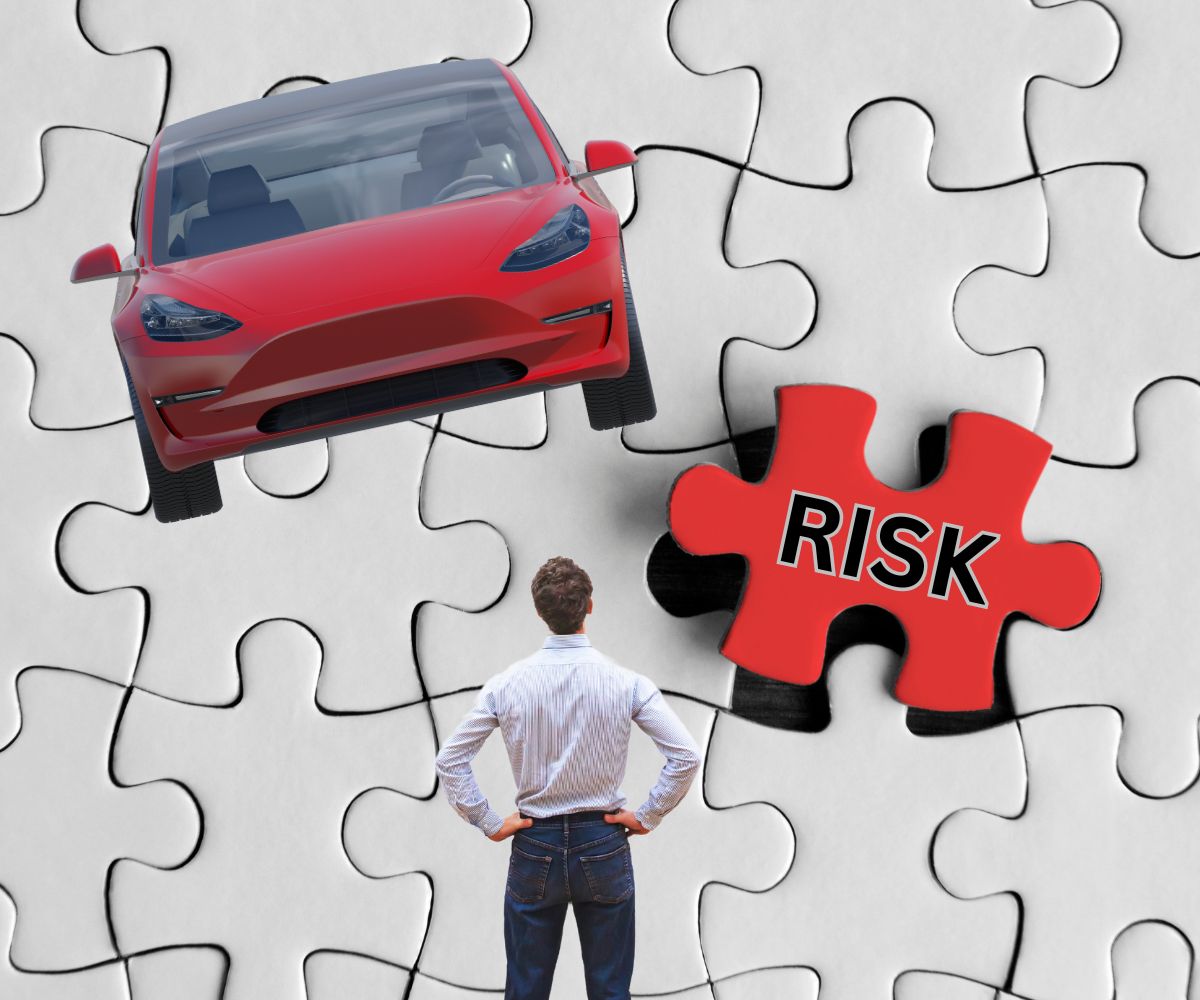Tesla Settles Wrongful Death Lawsuit Over Sudden Acceleration in Model Y, Raising Questions About Liability in Autonomous Vehicle Era
Tesla once again finds itself in the headlines—not for another innovation but for quietly settling a wrongful death lawsuit earlier this week. At the center of this case was the tragic 2021 death of Clyde Leach, a 72-year-old Model Y driver, whose vehicle unexpectedly accelerated, veered off a road, and crashed into a gas station pillar. While this legal battle has now been laid to rest, the case opens Pandora’s box about liability in the burgeoning world of autonomous vehicle technology and its ripple effects on the insurance landscape.
Behind the Wheel of Tragedy: What Happened?
On that fateful day in Ohio, Clyde Leach’s Model Y reportedly lurched into sudden acceleration, colliding violently with a gas station structure. The crash triggered a fire so severe it engulfed the vehicle within moments, leaving Leach with fatal injuries. His estate argued in court that Tesla had long been aware of multiple complaints related to “sudden unintended acceleration” across its fleet and had failed to address them adequately. Furthermore, the lawsuit claimed the car’s safety features, such as automatic emergency braking, did not engage as designed, potentially sealing Leach’s fate.
Tesla, in its response, maintained that the accident resulted from driver error, citing “improper and unsafe operation” of the vehicle. Yet, the tech giant opted to settle rather than face the scrutiny of a trial, aligning with its legal strategy of resolving cases in a hush-hush manner. The settlement amount remains confidential, but the implications echo loudly through the halls of tech, law, and insurance.
A Collision at the Crossroads of Responsibility
The heart of the debate surrounding self-driving and semi-autonomous vehicles like Tesla’s lies in the shifting dynamics of liability. Traditionally, drivers bore sole accountability when things went awry on the road. But as cars grow smarter—with features like Tesla’s Autopilot and Full Self-Driving (FSD)—the lines blur between human error and technological fault.
Tesla operates in a legal grey zone. While the company repeatedly states that its driver-assist technologies require “active driver supervision,” cases like Leach’s highlight inconsistencies in automated decision-making. If a vehicle malfunctions under such circumstances despite safety oversight, who truly bears the burden of blame? Is it Tesla, for the design shortfalls of its tech ecosystem? Or the driver, for not intercepting the failure in time?
Notably, the resolution of Leach’s case coincides with heated discussions in legal and insurance circles about updating laws in preparation for a fully autonomous future. One report from Reuters points to the complexities in determining whether car manufacturers alone should shoulder the liability or if responsibilities should extend to software developers and vendors of individual hardware components.
The Ripple Effect on Autonomous Vehicle Insurance
The Tesla settlement amplifies pressure on the insurance industry to evolve alongside this new breed of vehicles. Insurers are grappling with how to underwrite policies for self-driving cars and whether manufacturers should be required to hold product liability coverage for their fleets.
Statistics present a patchwork of promise and peril in this transitional phase. Some experts argue that autonomous vehicles could slash road accidents by as much as 90%, primarily by removing human error, which is the cause of the vast majority of crashes today. However, even the most optimized tech leaves a 10% margin for failures, which could translate into high-profile, high-cost lawsuits like this one.
And there’s the deeper problem of determining “usage.” Is a driver responsible for an accident if they’re asleep in the backseat while the car’s operating in full autonomous mode? This was a hypothetical posed in a recent legal analysis on self-driving technology’s quirks. Add risks like software hacking or sensor failures into the mix, and insurers face an uphill battle to calculate premiums, claim payouts, and liability coverage thresholds. 
How Are Car Insurance Companies Dealing with AV Tech
The rise of autonomous vehicles (AVs) is shaking up the insurance world. With over 90% of accidents currently caused by human error, the shift to AVs means liability is moving from drivers to manufacturers and software developers. This is driving new models like product liability coverage, putting the onus on tech creators.
Insurance premiums, once based on driver behavior, now rely more on AV sensor data and telematics. Around 60% of insurers are already using advanced analytics to fine-tune risk assessments, and usage-based insurance (UBI) is evolving to fit automation.
Laws are also changing the game. Some states now require higher coverage limits for AVs due to their costly repairs, and insurers are pushing for consistent nationwide standards. Like Kentucky and Alabama have implemented higher liability insurance requirements for autonomous vehicles. For example, Kentucky mandates a $1 million liability insurance minimum per vehicle, significantly higher than for conventional vehicles
To keep up, insurers are tapping into real-time data and teaming up with tech companies. With AV sales expected to hit 58 million by 2030, the industry is racing to adapt to this massive transformation.
The Human Element in an Automated World
Amid the jargon and legal complexities, it’s easy to forget the human lives impacted. For families like Clyde Leach’s, the battle with Tesla isn’t solely about compensation; it’s about accountability and closure. If technology meant to save lives results in tragedy, how do you reconcile the promise with the pain?
Every driver, at some point, has to trust in their vehicle. Whether you’re punching in GPS coordinates for a road trip or enabling lane-keeping assist during rush hour, there’s an implicit belief in the machine’s reliability. Tesla’s settlement might make some question not just the integrity of tech, but the corporate watchfulness behind it. Who ensures the checks and balances if something goes wrong?
Looking Down the Road: What This Means for You
It’s undeniable that self-driving technology is here to stay, a harbinger of safer, more efficient transit for future generations. But as an everyday consumer, you must tread thoughtfully into this era. Ask questions when buying a vehicle loaded with autonomous features. Understand insurance coverage limitations. And yes, keep your hands on the wheel even when your car nudges you to go hands-free.


